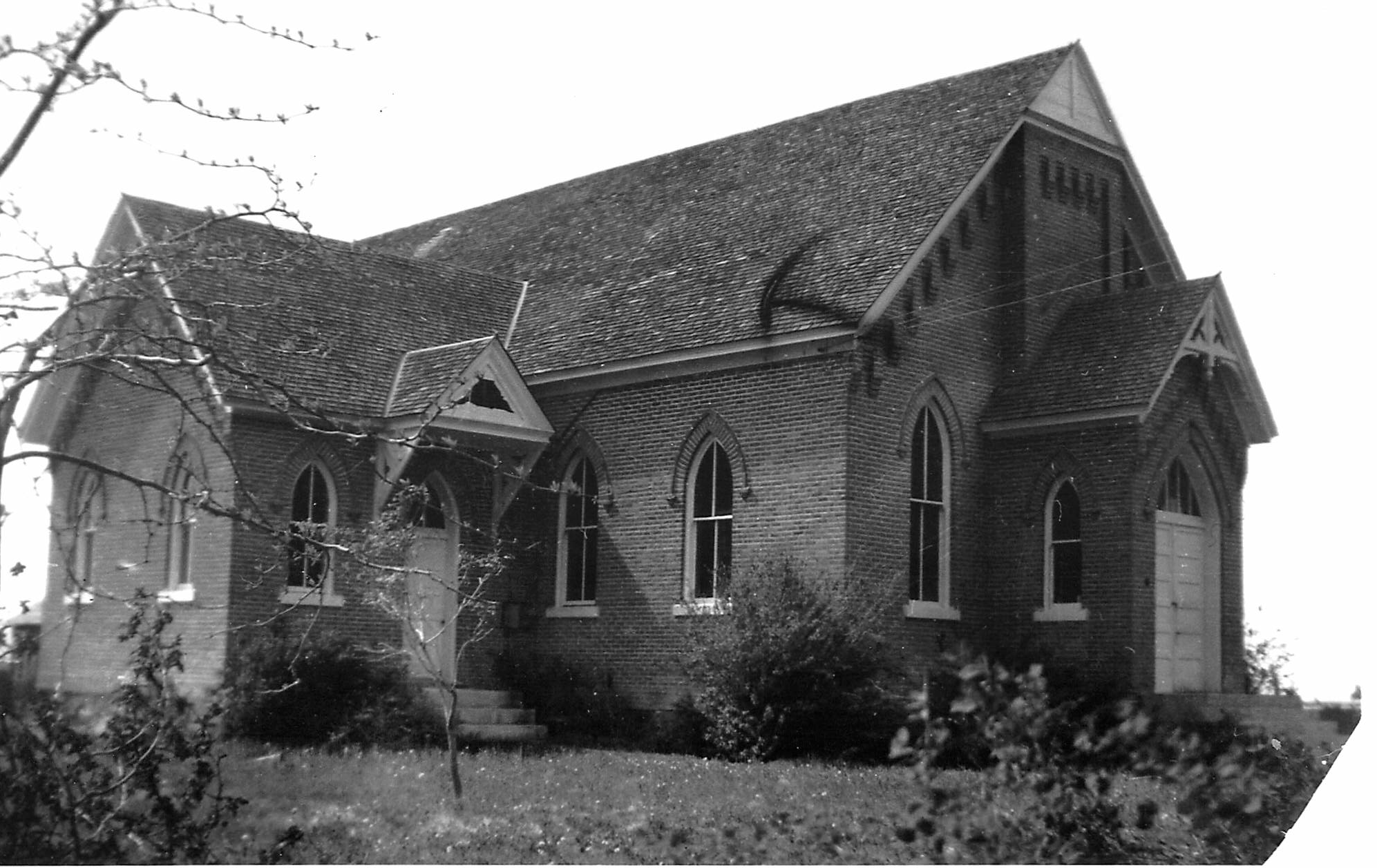(An account from the writings of J. Earl Whiteley, Stake Clerk, as published in the Oakley Herald. He writes about the character of the people of Marion, Idaho.)
The last Bishop to serve, before all the ward in the valley were combined into the 1st and 2nd wards, was Martin W. Cranney. He and his counselors were called on January 23, 1944, and served until November 1954. Robert S. Smith, Parley Lambert Tolman, Raymond Crane, and Joel Rasmussen were his counselors. Bishop Cranney was intensely proud of his ward and people. They had been through some rough times together. Forty-seven young men left their homes to serve their country during World War II, four did not return. He was an avid supporter of the American Legion Post which was organized when the boys came home. He held many positions in wads and stakes and in later years served as patriarch to the Cassia (then Oakley) Stake.
It has been said that the little community of Marion was first settled in 1881 by people who came mostly from Tooele County, Utah. Marion was situated about four miles northwest of Oakley, west of Goose Creek, and had a station on the branch of the Oregon Short Line Railroad. Log cabins were built first. The axe was put to clearing of sagebrush and willows and irrigation ditches prepared for watering of the crops. Little farms were carved out of the virgin soil. School for the children and a church were soon provided. In all it was no easy task but the little community became pretty self-sufficient having its own store, school, church, a blacksmith who sometimes served as dentist, carpenter, housewives and mid-wives and many sunburned happy children.
Many things have changed. Progress in the mode of transportation has brought about centralized schools, church which can be reached by traveling five or ten miles in a few minutes. Much shopping is done 20 or 30 miles away from home, each going his own way. Modern conveniences provide ore time for sports and recreation, TV, snowmobiling, etc., but who can say we are any happier than they who lived simply and simply lived?
While one looks backward it should be only to make sure he is going forward. Surely the people of Oakley and surrounding communities look to a great future. Undreamed of progress and developments are not unlikely with the modern methods of today. But the building from the beginning–in clearing the land, the laying out of canals, the erecting of homes and schools in the past primitive method–these all stand as a monument to the determination, the thrift and the untiring industry of many who now rest upon the hillside. If one cannot find history of the valley or that about which to write inside the pioneer effort here, then there is no history. (From the writings of J. Earl Whiteley, Stake Clerk, published in the Oakley Herald).
Visit the Thomas Tolman Family Organization to find out how you can get more involved in family history.
Related Stories


